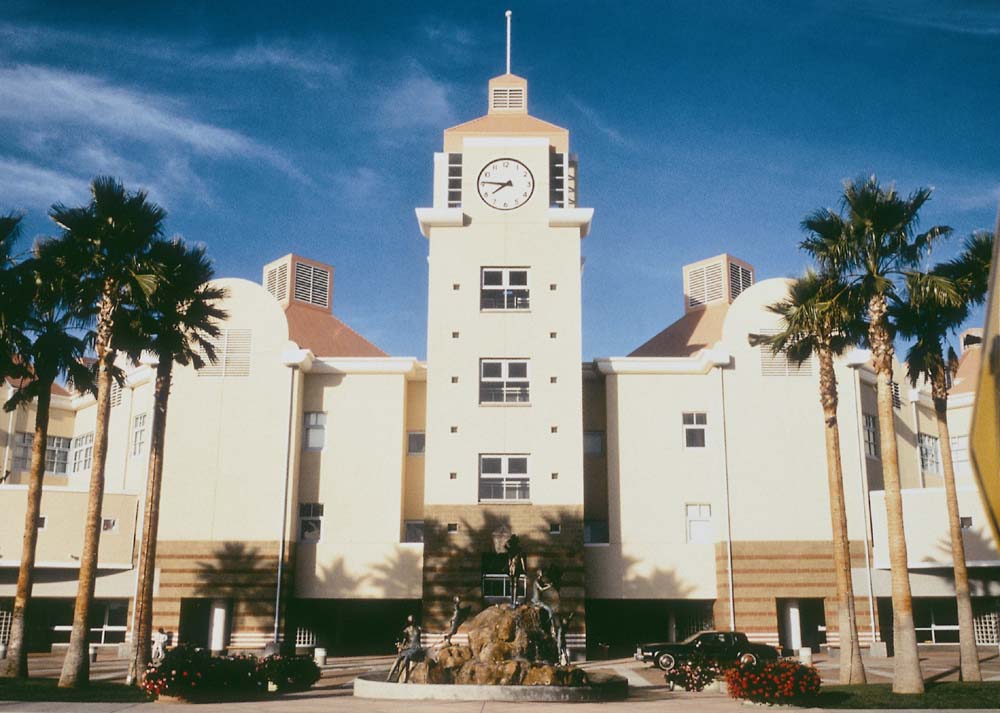
I was very happy to see that U.S. News & World Report included a session on hospital design in its “Hospital of Tomorrow” forum this week in Washington, D.C. But what was fashioned as news is no revelation to many of us.
Panelists, reported Angela Haupt, described features in their hospitals — things like views of the outdoors, unit designs that minimize noise, patient rooms with window and temperature controls, and artwork — that are helping them deliver a new level of care. They all agreed that hospital design will have a “profound effect on health care” in the 21st century.
Hello? Many of us have been talking about this for the past 30 years — ever since the first Planetree unit was built in the mid-1980s at San Francisco’s Pacific Presbyterian Medical Center (now California Pacific Medical Center).
When I think back to some of the iconic hospital projects of the past 30 years — Mayo’s Charlton Building, Legacy Good Samaritan’s critical care unit, San Diego Children’s Hospital (pictured), Deaconess Hospital, Griffin Hospital, Woodwinds, Clarian’s ICU, Bronson Methodist Hospital, Dublin Methodist Hospital, and many more — there’s no doubt in my mind that their design profoundly changed the way health care is delivered.
We’ve come a long way from those first Planetree models of the 1980s. And its good that U.S. News & World Report is noticing — especially in light of other articles in the mainstream news lately that have been painting hospital design as a lavish marketing gimmick.
Maybe U.S. News will notice enough to make hospital design one of the criteria in its annual rankings. We can only hope.
P.S. Please do me a favor — if you liked this post and like this blog, please share it with others by sending them the link and/or post it on your Twitter, LinkedIn, or Facebook, etc. Also, don’t forget to subscribe, so you’ll get emails when new content is posted. Thanks!
If you like this post, please share.

What’s my story? I’m a healthcare and senior living design knowledge expert who writes and speaks frequently about trends and issues affecting these two industries. I’m also a strategic marketing consultant and content creator, working with companies and organizations who want to improve the quality of healthcare and senior living through the design of the physical environment. You can reach me at [email protected].


7 Responses
“there’s no doubt in my mind that their design profoundly changed the way health care is delivered.”
I think we are finally moving into a phase where the way healthcare is delivered is profoundly changing the way hospitals are designed. For too long architects would ask the question, “How will you deliver care in this facility?” only to be faced with blank stares from users. The evolution of Lean in the healthcare world means that clinicians and architects can finally work together to create spaces that support the best way to provide care.
Thanks for your comment, Hugh. Architects are a different kind of partner in this scenario.
Thank you for showing San Diego Children’s. This is a hospital that a kid might see as a fairy tale castle. And so might I. Contrast this to the megaton jail-facade, monolith new hospitals that are winning awards.When I drive up in a car for some scary procedure, I don’t want to look at some fugitive-from-the Kremlin giant, forbidding box. If there is a budget, skip the fancy visitor’s lounge, sell the fancy visitor furniture, and make the building look safe and comforting to the arriving patient.
Margaret, you are so right. Outside appearances are just as important as the inside.
Our makeup is to assess the situation fairly quick and that sets the stage for our mindset around the experience we anticipate. Design is critical – total design, understanding how people feel and what people are dealing with especially in a health care situation is critical. Navigation of the website, connecting, the appointment, the procedure, discharge and the billing- the total experince should have thoughtful design incorporated.
What I found profound at the HCD 2013 is that the line between facility design and clinical practice is becoming so razor thin at to render itself invisible. The advancements in science, in building science, physiological response, and related fields, are drawing direct lines between the built environment and the outcomes of patients, families, and clinical staff.
The clinical advancements made in the past 30 years are vast, and especially in the last 20 years, the design community is now another element in medicine, and is starting to become one large intertwined system that grows and changes as new things are discovered about about not only our buildings, but about how they change us.
Interesting comment, Noam. I’m not sure many clinicians would agree with you, though.